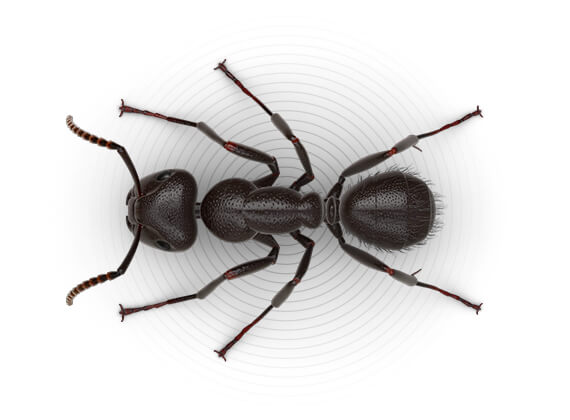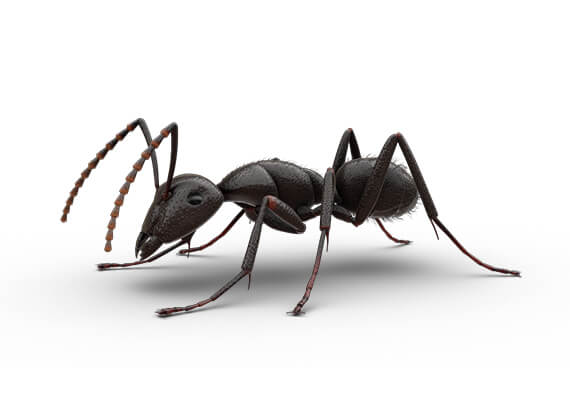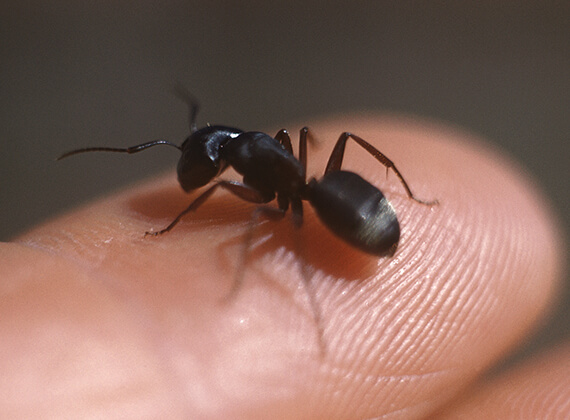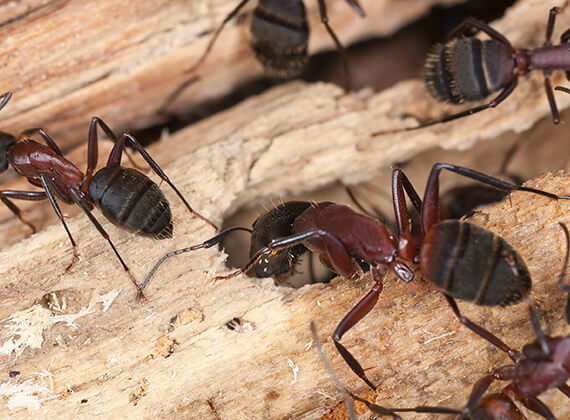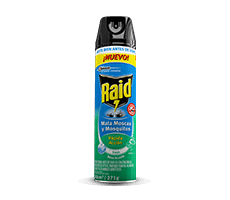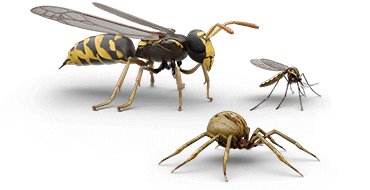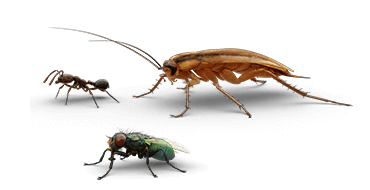Carpenter Ants
Camponotus sp.
-

SIZE
1/4in to 1/2in long
-

COLOR
-

BITE OR STING
Yes
-

WINGS
Sometimes
COMMONLY MISTAKEN FOR
General Information
Carpenter ants gnaw into wood to make or expand their nesting space. If left untreated, large colonies of carpenter ants in the home can be as destructive as termites. Learn more about carpenter ants and find ways to help make sure these destructive critters don’t make themselves at home in your home.
Unlike termites, carpenter ants do not eat wood. They simply remove the wood to build a nest and leave small piles of sawdust outside the entrance to the colony.
General Information
Carpenter ants gnaw into wood to make or expand their nesting space. If left untreated, large colonies of carpenter ants in the home can be as destructive as termites. Learn more about carpenter ants and find ways to help make sure these destructive critters don’t make themselves at home in your home.
Unlike termites, carpenter ants do not eat wood. They simply remove the wood to build a nest and leave small piles of sawdust outside the entrance to the colony.
Details
-
Black carpenter ants commonly build indoor colonies in wall voids, attics, and water-damaged or rotting structural wood.
-
Outdoor colonies are often found in sheds, firewood, deck woods, tree trunks, gutters, and soffits.
-
If you see big, black ants going in and out of a hole with small bits of sawdust around the opening, this is a sign that a carpenter ant colony is nearby.
-
If you see carpenter ants in the house, they are likely looking for food. Common food sources in a home include sweets such as syrup, honey, sugar and jelly, as well as meats and pet foods.
-
They’re also looking for moisture found in and around the sink, shower, leaky pipes, and spills; these are ideal locations for building new, indoor colonies.
-
The presence of carpenter ants in the house can be a sign of water or moisture problems in your roof, gutters, porch, deck, floors, or walls.
-
Large colonies that are left untreated can be as destructive to your home as termites.
-
Black carpenter ants have large and powerful jaws and will bite if disturbed.
-
Search for and repair leaks in and around areas where you see carpenter ants.
-
Address any cracks or gaps in your home’s foundation and around windows and doors.
-
Remove limbs/shrubs that touch the house, particularly the roof, because carpenter ants use these contact points to gain access to your home. These big, black ants can also gain entry through utility lines touching the home.
-
Remove stumps and dying trees within 50 feet of the house/garage as these are perfect spots for new colonies to start.
-
Store firewood off the bare ground and away from the house.
-
Consider using inorganic mulches, such as stone or gravel, in areas where you have had problems with carpenter ant control or where ground moisture is a reoccurring problem.
-
Inspect older trees carefully for signs of outdoor colonies.
